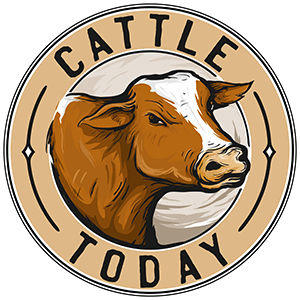HerefordSire
Well-known member
Looks like she could test the 2002 area around 75. What do you think?

Stocker Steve":2wnulj0m said:Smaller solid mouth red spring calvers are going for $535 each here.
Stocker Steve":127tk4ox said:I asked once why there are departments and publications focused on technical analysis. I was told because (some) people actually bought and sold based on all this hocus pocus.
KMacGinley":1739eun7 said:Ahh, but corn is down to $2.50 it is going to turn around.
KMacGinley":12ds4km0 said:Ahh, but corn is down to $2.50 it is going to turn around.
HerefordSire":23xvd7qx said:KMacGinley":23xvd7qx said:Ahh, but corn is down to $2.50 it is going to turn around.
Dec. Corn up 7.07% today to $314.25 I think you meant $3.1425 per bushel...basis is $.40 under the boardhttp://finance.yahoo.com/futures?t=grains
Jan. Feeders up 1.44% today to $87.90
http://finance.yahoo.com/futures?t=livestock
Looks like your theory bit the dust, for today.